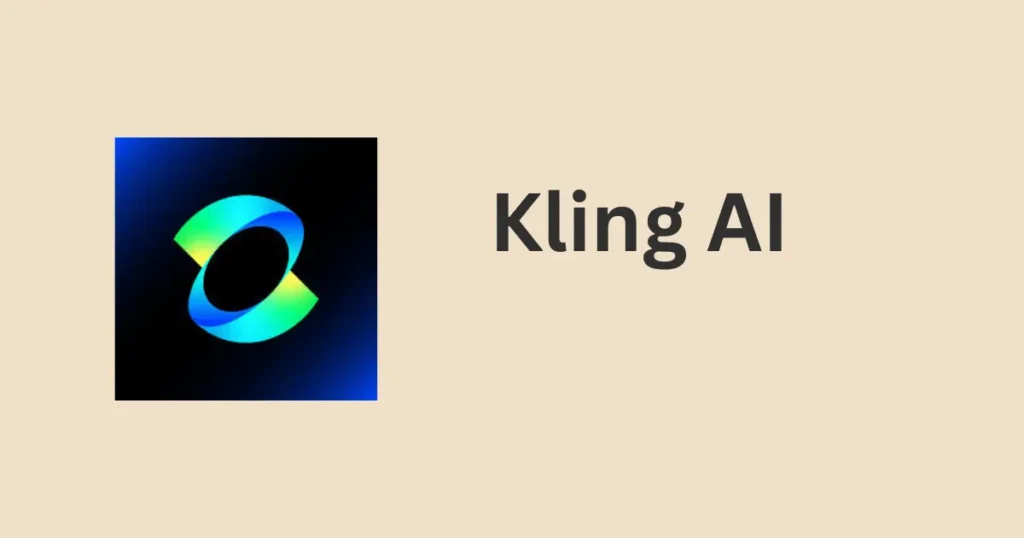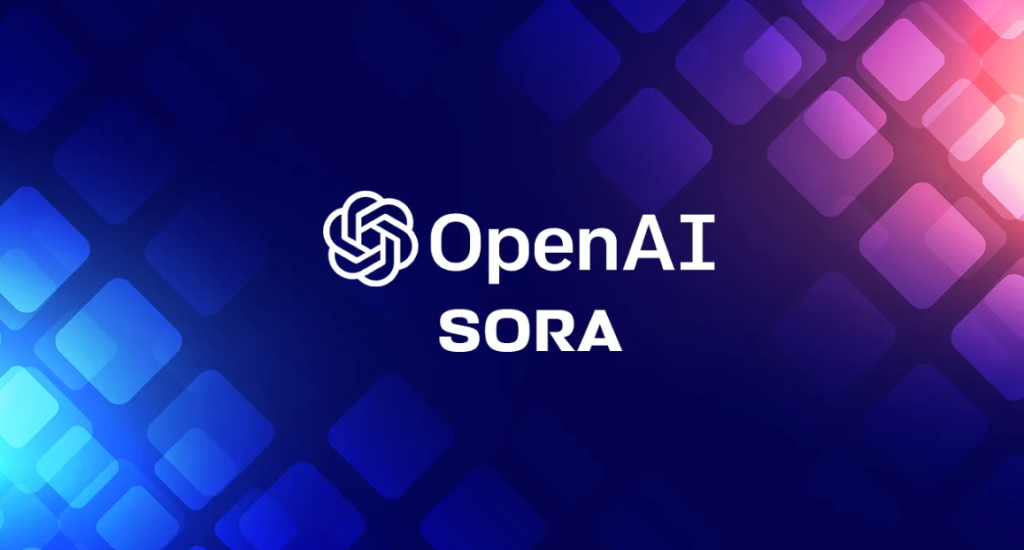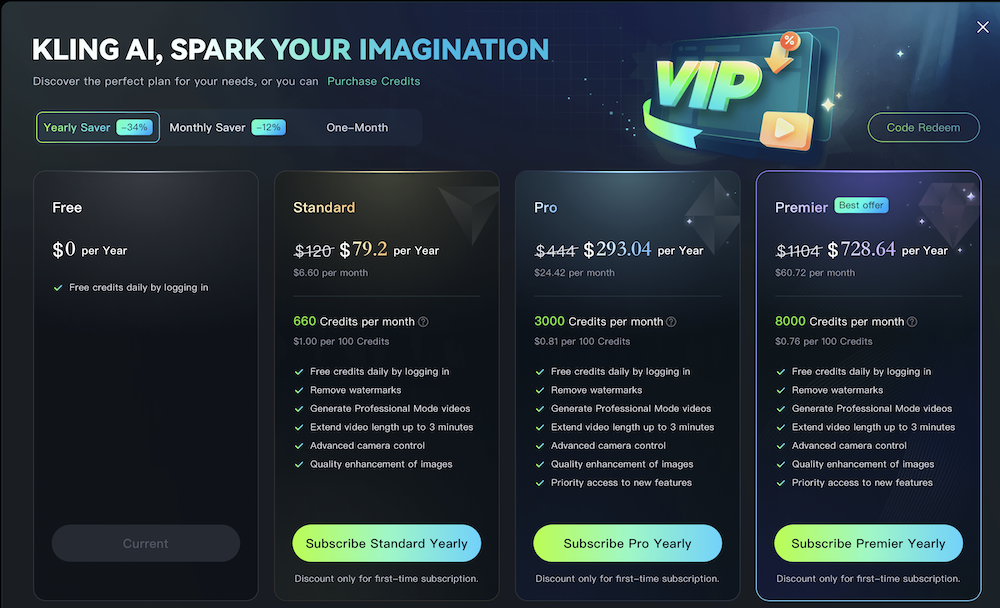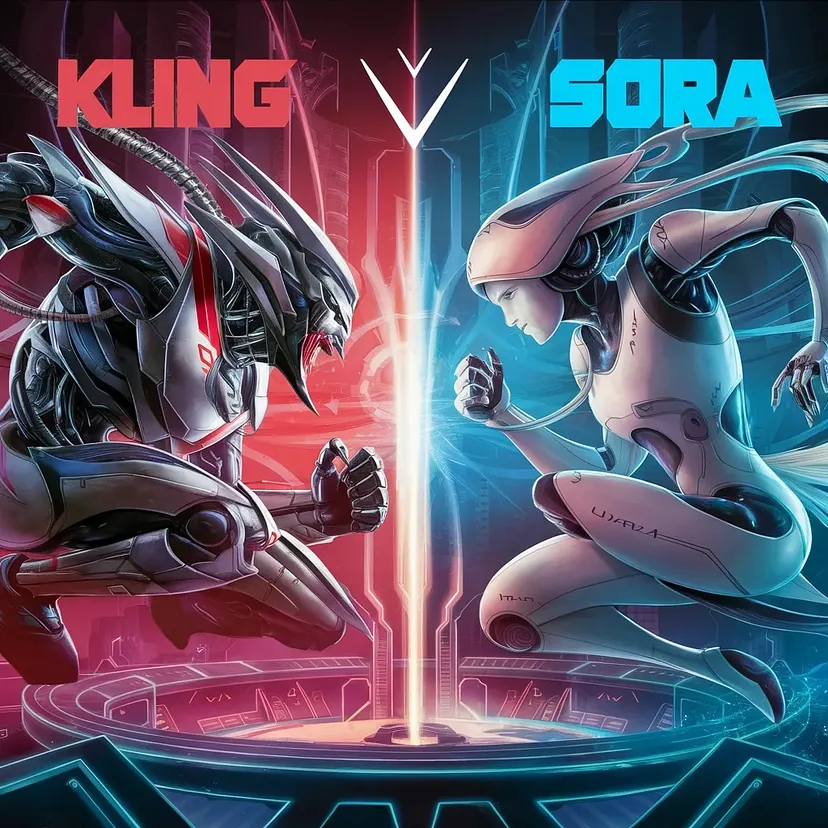Kling AI and Sora are two powerful platforms that are changing how videos are made using artificial intelligence. Both allow users to turn text into high-quality, realistic videos, but they work in slightly different ways. Kling AI, created by Kwai, focuses on being simple and easy to use, especially for people who prefer working on mobile devices.
On the other hand, Sora , developed by OpenAI, uses cutting-edge technology like advanced machine learning to create incredibly realistic and flexible videos. Kling AI is perfect for those who want a straightforward and user-friendly experience, while Sora AI is ideal for creating highly detailed and advanced video content.
What is Kling AI?
Kling AI, developed by Kuaishou Technology, is a text-to-video model designed to turn text into realistic video content. It is particularly useful in fields such as marketing, education, and entertainment, where high-quality video production is essential.
Kling AI is an advanced text-to-video AI created by Kuaishou Technology, a company based in China. It turns simple text prompts into high-quality, realistic videos. What makes Kling AI stand out is its ability to create lifelike videos with accurate physics and smooth motion. It can produce videos up to 2 minutes long in 1080p resolution at 30 frames per second. This makes it perfect for creating engaging content for marketing, education, and entertainment, especially when dynamic and realistic videos are needed.

Key Features of Kling AI:
1. Video Length: Kling AI supports video lengths of up to 2 minutes, which is longer than many other text-to-video platforms.
2. Resolution: Kling AI generates videos in 1080p resolution at 30 frames per second (fps), ensuring high-quality visuals.
3. Physics Simulation: The AI can accurately simulate real-world physics, creating realistic interactions between objects and characters in the video.
4. Motion Modeling: Kling AI uses advanced technology to create realistic and detailed animations of movement. It works by focusing on both space and time, making it possible to produce lifelike motions in videos.
5. Face and Body Animation: Kling AI can animate human body movements and facial expressions from a single image, making it ideal for projects requiring dynamic characters.
6. Concept Fusion: Kling AI lets creators blend realistic and imaginative elements in their videos by using simple text prompts. This means you can mix real-life scenes with fantasy ideas, creating unique and creative videos that feel both natural and magical.
7. Aspect Ratio Flexibility: Kling AI supports various aspect ratios to ensure the video fits different display requirements.
Kling AI is ideal for applications requiring longer videos and advanced motion simulation, such as detailed marketing campaigns, educational content, or entertainment storytelling.
Kling AI in Action:
Similar to Sora, Kling AI shines in:
- Natural Landscapes: Create breathtaking visuals like rolling hills, serene lakes, or golden sunsets that feel almost real.
- Human Interactions: Bring to life realistic scenes of people in everyday moments or dramatic situations, making your videos relatable and engaging.
- Creative Concepts: Unleash your imagination with unique and surreal visuals, blending fantasy and creativity to produce one-of-a-kind video experiences.
Kling AI Pros And Cons:
Pros:
- Produces longer videos (up to 2 minutes), ideal for detailed projects like tutorials or stories.
- Excels at realistic motion and physics, making it great for dynamic or action-packed scenes.
- Offers high-quality output in 1080p resolution at 30 frames per second.
Cons:
- Can feel complex for beginners due to its advanced features.
- Less creative flexibility compared to Sora for abstract or imaginative videos.
- Requires more resources to render high-quality, dynamic videos.
What is Sora?
Sora, developed by OpenAI, is another state-of-the-art text-to-video AI model. It is known for its ability to create highly realistic video content from detailed text descriptions. Although Sora is still in the testing phase and not widely available, it has shown great promise in its ability to generate photorealistic videos.
Sora is a powerful text-to-video AI developed by OpenAI. It can take detailed text prompts and turn them into high-quality, lifelike videos. Sora uses advanced technology to break down video data into smaller pieces, allowing it to create detailed and polished results. It’s especially great at understanding natural language instructions, making it perfect for creating videos for marketing, virtual events, and training simulations.

Key Features of Sora:
1. Photorealism: Sora produces videos with a high level of realism, making them stand out in terms of visual quality.
2. Video Length: Sora is limited to generating videos of up to 1 minute in length, which may be suitable for shorter, more concise content.
3. Natural Language Processing (NLP): Sora uses advanced technology to understand and process complex text prompts, turning them into detailed and high-quality video content. This means you can simply describe what you want, and Sora will create a video that matches your ideas with impressive accuracy.
4. Architecture: Sora uses a smart design called diffusion-based transformer architecture. It works by breaking video data into smaller pieces, like puzzle pieces, to create videos with better quality and more detail. This approach helps Sora produce clear and polished video content.
5. Limited Availability: Currently, Sora is only available to select researchers and developers, making it less accessible to the general public.
Sora is best for applications requiring short-form, high-quality video content, particularly in virtual events, training, or creative marketing.
Sora in Action:
Sora’s capabilities include:
- Scenic Landscapes: Create stunningly realistic videos of beautiful places like mountains, beaches, or forests that look almost like real life.
- Human Interactions: Design lifelike videos of people with natural facial expressions and movements, making them feel genuine and relatable.
- Creative Concepts: Turn your wildest ideas into reality by bringing abstract or fantastical scenes to life, like mythical creatures or dreamy landscapes.
Sora Pros And Cons:
Pros:
- Creates stunningly realistic and lifelike videos, great for short-form content.
- Understands complex text prompts, making it easy to turn ideas into videos.
- Simple and user-friendly, perfect for beginners or quick projects.
Cons:
- Limited to 1-minute videos, which might not work for longer content.
- Doesn’t handle detailed physics or motion-heavy scenes well.
- Focuses more on visuals than complex animations.
Kling AI vs Sora:
Kling AI and Sora are both advanced text-to-video AI models, each with unique strengths and capabilities. The following table provides a concise comparison of their key features:
FEATURES | KLING AI | SORA |
| Realism | Highly realistic, excels in physics and motion | Photorealistic, struggles with complex physics |
| Video Length | Up to 2 minutes | Up to 1 minute |
| NLP Capabilities | Good, focused on motion and physical realism | Advanced, highly precise for text-to-video |
| Physics Simulation | Strong, realistic object interactions and gravity | Limited, less suitable for dynamic environments |
| Availability | Publicly available via the Kuaiying app | Limited access to select testers |
| Integration | Standalone application | Integrated with OpenAI tools like ChatGPT and DALL-E |
| Ease of Use | User-friendly with simple access | More advanced and requires specialized access |
| Target Audience | General users and professionals | Researchers, developers, and early testers |
| Cost | Affordable or free for basic access | Not publicly priced yet |
Kling AI vs Sora: Key Differences
While both AI models offer impressive capabilities, there are several key differences between Kling AI and Sora.
- Realism and Video Quality:
Kling AI excels in creating realistic videos, especially when it comes to simulating complex physical movements. It can generate videos with accurate interactions between objects and characters. On the other hand, Sora is known for its photorealism, producing highly detailed video content but sometimes struggling with complex physics simulations.
- Video Length:
Kling AI allows you to create videos up to 2 minutes long, making it perfect for projects like detailed stories or in-depth tutorials that need more time to develop. On the other hand, Sora is designed for shorter videos, with a maximum length of 1 minute, making it great for quick content like promotional videos or short training clips.
- Natural Language Processing:
Sora uses advanced technology to understand detailed text descriptions and turn them into videos, making it a great option for projects that need creativity and precision. Kling AI also uses similar technology but focuses more on creating realistic movements and simulating physical actions in videos.
- Physics Simulation and Motion Modeling:
Kling AI stands out for its ability to simulate real-world physics, like gravity, speed, and friction. This makes it perfect for creating dynamic scenes with realistic interactions. On the other hand, while Sora excels in creating lifelike visuals, it may not handle complex physical simulations as well, making it less ideal for projects that require precise environmental interactions.
- Availability:
Kling AI is more accessible, as it is available to the public through the Kuaiying app. In contrast, Sora is still in a limited testing phase, with access granted only to select researchers and developers. This gives Kling AI an advantage in terms of availability for broader use.
Pricing plans of Kling AI vs. Sora :
Kling AI Pricing Plan:

Kling AI offers several subscription plans to cater to different user needs:
- Free Plan: Log in daily to receive free credits, allowing you to create videos with basic features. Cost: $0 per year.
- Standard Plan: For $6.60 per month ($79.20 per year), you get 660 credits, access to professional video modes, extended video lengths up to 3 minutes, advanced camera controls, and watermark removal.
- Pro Plan: $293.04 per year, this plan provides 3,000 credits and includes all Standard features, plus priority access to new features.
- Premier Plan: Priced at $728.64 per year, it offers 8,000 credits and encompasses all Pro features, delivering the best value for extensive use.
Each plan is designed to accommodate various levels of video creation needs, from casual users to professionals seeking advanced capabilities.
Sora Pricing Plan:
OpenAI’s Sora is still being developed, and its pricing hasn’t been officially announced yet. However, OpenAI has mentioned that Sora’s prices will be competitive with other AI platforms and will depend on the features you use and how much you use them.
Since the platform is still evolving, it’s a good idea to stay updated with official announcements for detailed pricing information once Sora is available to everyone.
Kling AI vs. Sora: Which AI Solution Is Right for You?
Artificial Intelligence (AI) has come a long way, especially in turning text into videos. Two big names in this field are Kling AI and Sora, each with their own unique features. Both are known for creating high-quality videos from simple text prompts, but they are designed for different uses. This article will compare Kling AI and Sora to help you decide which one is the best fit for your projects.

Which AI Is Best for You?
Choosing between Kling AI and Sora depends on the specific needs of your project.
For Long-Form, Dynamic Video Content:
If you need long-form videos (up to 2 minutes) with accurate motion modeling and realistic physics simulations, Kling AI is the better choice. It is ideal for applications such as marketing campaigns, educational videos, or storytelling in entertainment, where longer videos and complex scenes are required.
For Short, Creative Video Content:
If your focus is on short-form content (1 minute or less) that requires photorealism and creative interpretation of text prompts, Sora is the way to go. Its advanced NLP capabilities make it perfect for virtual events, training, or creative marketing materials that need to convey complex ideas in a concise format.
Conclusion:
Kling AI and Sora are two exciting advancements in AI video creation, each with unique strengths. Kling AI is great for creating longer, more detailed videos with realistic motion, while Sora shines at making short, lifelike videos with advanced language processing. Both tools have the potential to transform industries like marketing and virtual events.
Top 3 takeaways:
- Kling AI is ideal for creating longer, complex video content.
- Sora is best for short, high-quality videos with realistic visuals.
- Choose the tool that fits your video length and visual style needs.
Try out these Amazing tools to see how they can take your video projects to the next level!
FAQs:
Kling AI is optimized for longer videos (up to 2 minutes) with advanced physics simulations and realistic motion modeling, making it ideal for dynamic and interactive scenes. Sora AI, on the other hand, focuses on photorealism and is limited to 1-minute videos, making it better suited for short-form content that requires creative interpretation and high visual quality.
Kling AI is more accessible, and available publicly through the Kuaiying app, allowing users to easily create videos. Sora AI, however, is still in limited testing and is only accessible to selected researchers and developers.
Kling AI generates videos at 1080p resolution with 30 frames per second (fps), delivering high-quality visuals suitable for professional use. Sora’s resolution details aren’t specified but emphasize photorealism, focusing on highly detailed visuals within its 1-minute limit.
Kling AI is better for real-world physics simulations, accurately depicting gravity, velocity, and interactions between objects. This makes it ideal for projects needing dynamic movements and realistic environmental interactions.
Yes, Kling AI can animate both facial expressions and body movements from a single image, making it suitable for projects requiring dynamic, character-driven content. Sora can also create realistic animations, but Kling AI has a specific focus on accurate motion modeling.